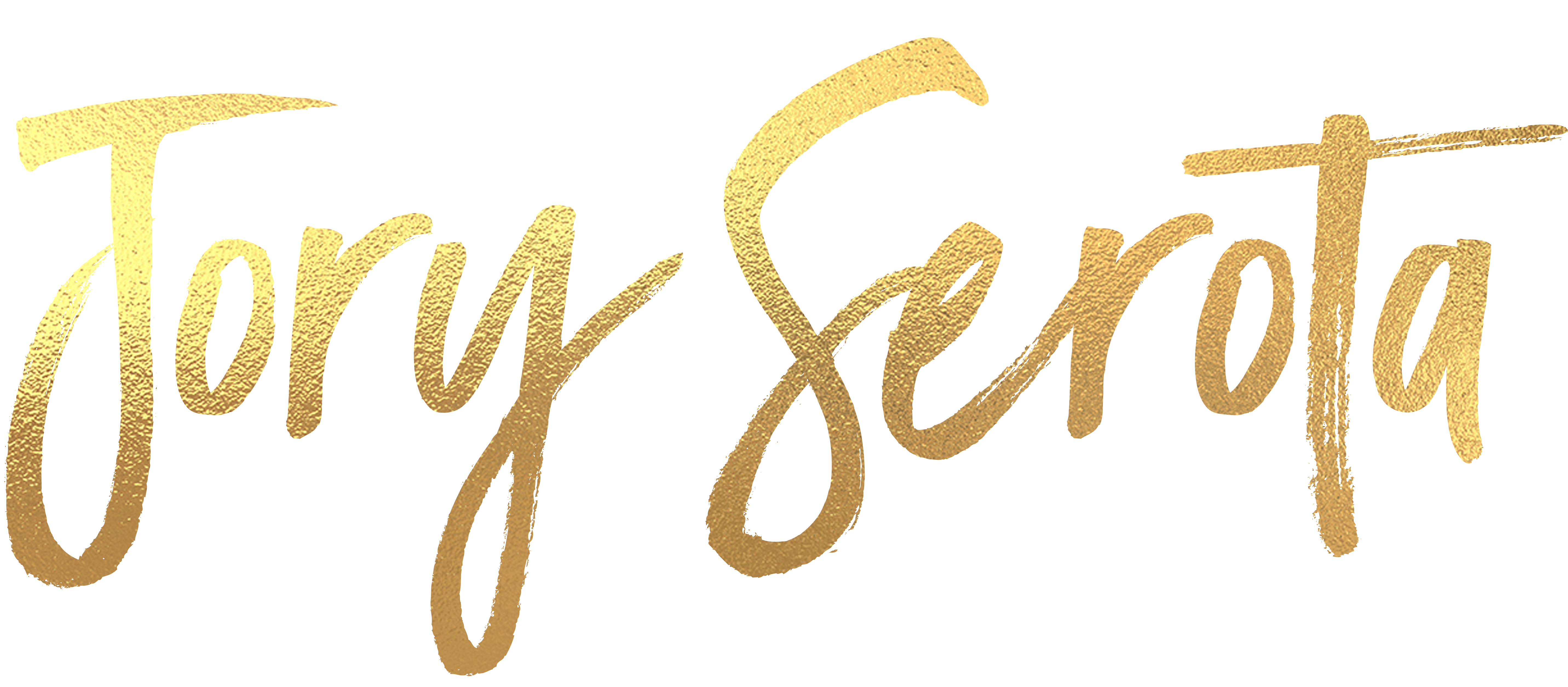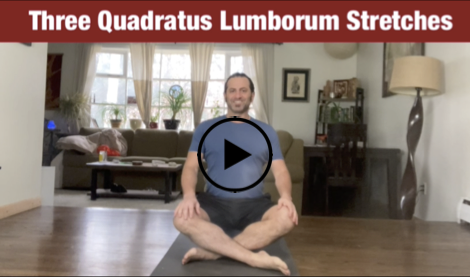The quadratus lumborum, commonly referred to as the QL, is a muscle of the back that is commonly involved in lower back pain.
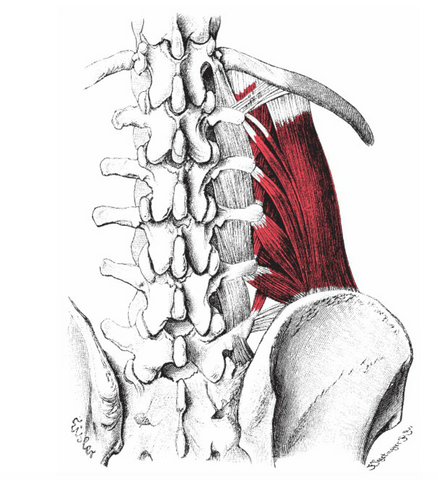 It originates on the iliac crest and the attaches to the 5 lumbar vertebrae as well as the 12th rib. As you can see in the picture on the right, it is irregular and complicated in shape, with several off-shoots from the main bulk of the muscle.
It originates on the iliac crest and the attaches to the 5 lumbar vertebrae as well as the 12th rib. As you can see in the picture on the right, it is irregular and complicated in shape, with several off-shoots from the main bulk of the muscle.
Unilateral contraction of the QL causes either lateral flexion of the spine (side bendin
g) or elevation of the pelvis (hip hiking).
Bilateral contraction creates lumbar extension.
Anterior to the quadratus lumborum are the colon and kidney. This is why many times when some
one is having their QL massaged they ask, “Are you sure that’s not my kidney?”
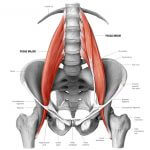
Also anterior to the QL is the psoas. The psoas attaches to 4 of the lumbar vertebrae, just adjacent to the QL. Since bilateral contraction of the psoas causes trunk flexion and bilateral contraction of the QL creates lumbar extension, these two muscles are often found to be in relationship with one being neurologically overactive while the other is underactive.
Of other clinical significance is the relationship between the QL/erector spinae and QL/gluteus medius/minimus.
First, the erectors. The erector spinae are the main extenders of the spine. They are long, large and supposed to be strong.
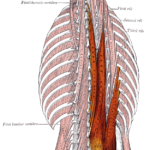 Due to all of our sitting and modern-day lifestyle, the erectors, which are part of the posterior chain complex, have a strong tendency to be weak. Since the QL connects the pelvis to the spine and is capable of aiding in extension as we previously discussed, they attempt to pick up the slack for the underactive erectors. The QL’s are clearly in a mechanically disadvantaged position here (they’re smaller and cover way less range than their counterpart) and get tight and fatigued as a result.
Due to all of our sitting and modern-day lifestyle, the erectors, which are part of the posterior chain complex, have a strong tendency to be weak. Since the QL connects the pelvis to the spine and is capable of aiding in extension as we previously discussed, they attempt to pick up the slack for the underactive erectors. The QL’s are clearly in a mechanically disadvantaged position here (they’re smaller and cover way less range than their counterpart) and get tight and fatigued as a result.
The gluteus medius and minimus are the prime abductors of the hip. When they are weak or inhibited, as they often are, the QL will commonly compensate and cause excessive hip hiking during gait. As you can read is THIS study, weak abductors often lead to lower back pain.
One fun way to self-assess the strength of your abductors is to lay on your side with your top leg straight and bottom leg bent. Align your shoulder, hip and ankle. Lift your top leg as high as you can without externally rotating it (turning it out), bringing it back or forward, rolling your pelvis backwards or overly contracting your QLs. It’s tougher than it looks.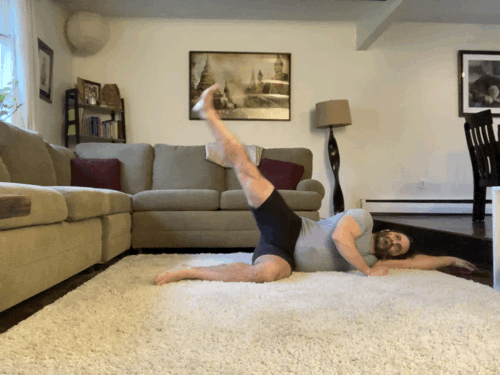
For those suffering from lower back pain or general lower back tightness, here are 3 of my favorite way to stretch the QL. Just click the picture below to get to the video. I suggest practicing these 3X/wk and seeing how you feel. You should have a good sense of its effect after the first session.
